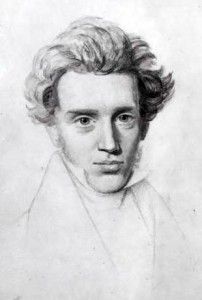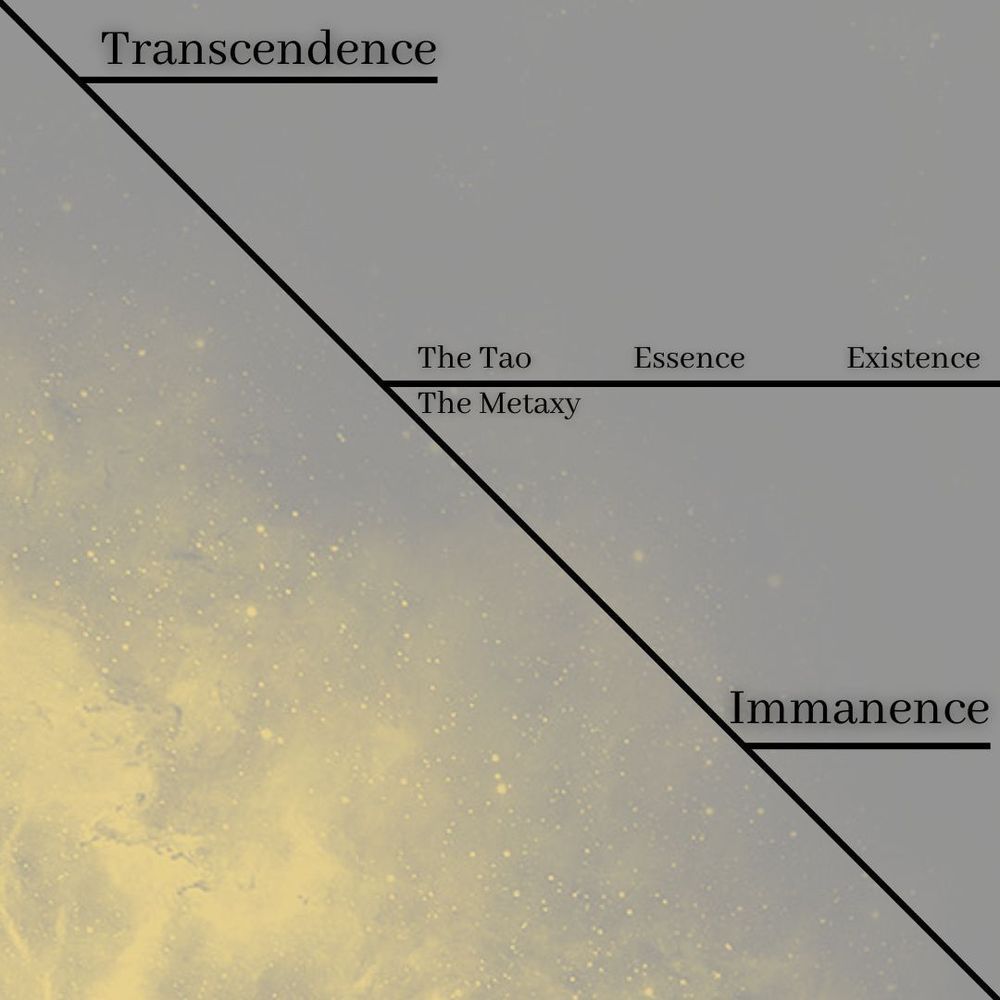
Kierkegaard discusses at length the ideal “knight of faith” in Fear and Trembling (probably the pioneer work of existentialism). Kierkegaard's knight of faith is a man who fits in everywhere among everyone. He is happy with, suited for, whatever confronts him:
This man takes pleasure, takes part, in everything, and whenever one catches him occupied with something his engagement has the persistence of the worldly person whose soul is wrapped up in the such things.
He later talks about the knight of faith coming home to a special meal prepared by his wife and devouring it with an enormous appetite. But, Kierkegaard observes, if “his wife doesn't have the dish, curiously enough he is exactly the same.” Everything is enjoyable to the knight of faith, as he just looks out, without looking at his looking out, taking it all in, enjoying it all.
It's a very existentialist idea, of course. Or I should say "existentialist ideal." It's a perfectly-Zen way of looking at the world, but a way attained by very few.
The same idea(l) is found in non-existentialist thinkers, like C.S. Lewis. Drawing on the thought of a little-known Australian philosopher named Samuel Alexander, Lewis touched on a very similar point, but from a completely different angle. In Surprised by Joy, Lewis discussed the crucial difference between enjoying and contemplating the enjoying. According to Lewis,
[E]njoyment and the contemplation of our inner activities are incompatible. You cannot hope and also think about hoping at the same moment. Of course the two activities can and do alternate with great rapidity; but they are distinct and incompatible. . . The surest way of spoiling a pleasure [is] to start examining your satisfaction. . . [N]early everything that was going on a moment before is stopped by the very act of our turning to look at it.









